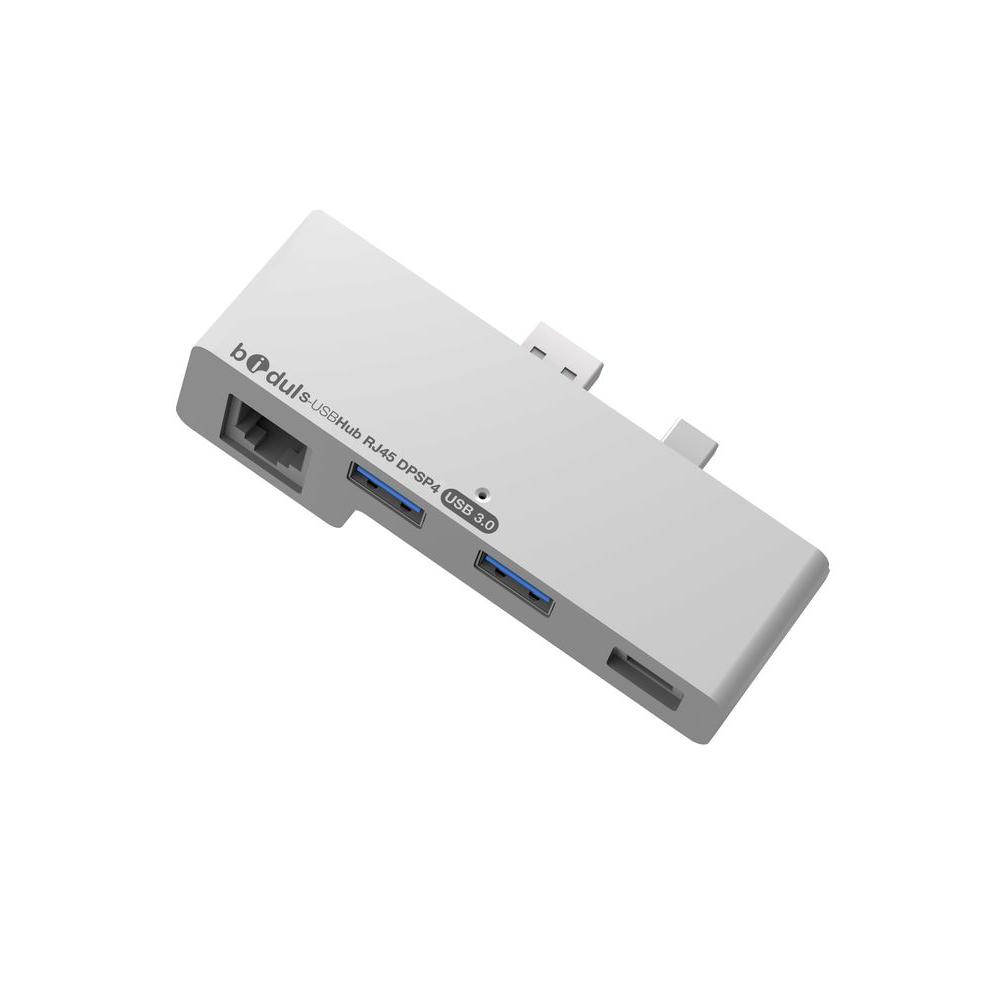

USB Type-C connectors are easier to insert than past generations. Enables an easy wired network.USB C dock with HDMI adds Ethernet, USB 2.0, choice of HDMI/DP/VGA, and 60W of charging power over a single USB-C connection DisplayPort and HDMI USBC DOCK connects to a computer with a USB Type-C or Thunderbolt 3 port USBC hub with HDMI, Display Port and VGA requires DisplayPort Alternate Mode support to view video over USB-CThis 3-port USB hub features an easy-to-use USB-C connector. Easily connect to your network and peripherals through USB-CAllows you to connect up to 2 USB 3.0, 2.0 or 1.1 devices to your computer via a single USB Type-C port.
The versatile USB 3.0 hub gives you access to not only your USB peripheral devices but also a wired internet connection. USB 3.0 is also known as USB 3.1 Gen 1. If your MacBook or laptop is missing the ports you need, this hub can help. The VisionTek USB 3.1 Type C to.USB-C Docking station 2 monitoren HDMI DisplayPort VGA 4K 100W PD Pass Through 2x USB-C 4x USB-A LAN Cardreader Audio Aluminium Solid aluminium Multiport Docking Station with MST for connecting one 4K30Hz monitor or two 1080p60Hz monitors via HDMI/DisplayPort/VGA, peripherals, power and Gigabit ethernet with only one USB-C cable to your notebook Extend your notebook. Merges two vital port types into one stylish hubIts possible to use Thunderbolt 3 display hub if you want to share a USB-C connector with two display, but its expansive.
Usb Hub With Ethernet And Display Port Free Lifetime Technical
In these cases it is best to disable the on-board NIC.The best way to disable your on-board NIC is to go into your BIOS and disable it there if possible. Built-in cable eliminates aggravationThe hub’s built-in USB-C cable makes connections easy, and you don’t need to carry a separate cable to attach the hub to your laptop.The HB30C3A1GEA is backed by a StarTech.com 2-year warranty and free lifetime technical support.IEEE 802.3az Energy-Efficient Ethernet, IEEE 802.3x Flow Control, 802.1q VLAN Tagging, 802.1p Layer 2 Priority EncodingUSB 3.0 - Backward compatible with USB 2.0 and 1.1MacOS 10.11 to 10.15, 11.0 VLAN tagging is currently not supported in macOSAvailable USB Type-C port - USB 3.0 (5Gbps)The hub does not support DisplayPort alt mode, or USB Power DeliverySometimes an on-board network interface card (NIC) conflicts with a new NIC. Its USB-powered design means you don’t need to carry a separate power adapter, so you can tuck the USB 3.0 hub neatly into your travel bag.This hub is perfect for travel, and it takes up minimal space on a desk, so you can use it in hot-desk or BYOD (Bring Your Own Device) environments. Rugged, portable, and bus poweredThe hub features a rugged yet lightweight housing, so there’s no need to sacrifice dependability for portability.
Ideally, you should test a component that you know works in another setup.When you test your cables, it is recommended that you do the following:When you test the hub, make sure that you do the following:If a power adapter is included, provide power to the USB hub.Attach a USB peripheral. You can test to make sure that the following components are working correctly and are not the source of the issue:To test your setup components, try the following:Use the USB cable and USB peripheral(s) in another setup to see if the problem is with the components or the setup.Use a different USB cable, USB port, and USB peripheral in your setup to see if the problem persists. On the left, click Manage network connections.When you troubleshoot issues with a USB hub, there are some quick tests that you can complete to rule out potential problems. Right-click the NIC that you would like to disable and select Disable. On the left, click Change adapter settings. Here is how you do this:First click Start, or, in Windows 10 and 8, hold down the Windows key and press X.

Clear the box next to Allow the computer to turn off this device to save power. Right-click the first USB Root Hub device and select Properties. Expand Universal Serial Bus controllers by clicking the arrow to the left of it. On your desktop, right-click the My Computer icon and select Properties. Click the Start button and select Control Panel. Click the plus sign (+) next to “USB settings” and “USB selective suspend setting” to expand the options and change the setting to Disabled.Note: You may need to disconnect and re-connect your USB device after applying these settings to re-establish the connection.
In this case, power is drawn from the computer's USB port, as described above. With USB peripherals that use power adapters, the USB ports on the hub are only used for data transfer and do not draw power from the hub.USB peripherals that require low power (for example, keyboards and mice) can be used on hubs without a power adapter, in conjunction with other low-power USB peripherals. This reduces the power delivery to individual ports and high-powered USB peripherals, such as external hard drives, may not start.On USB hubs that can use a power adapter, more power can be supplied to USB ports than what is possible with a single USB port.If your USB peripherals require power adapters, they probably do not require power from the USB port and can be used on a USB hub without a power adapter. It is always recommended to use an included power supply with a USB hub when possible.When a power adapter is not used on a hub that comes with a power adapter, power is drawn from the USB port on the computer and then divided between the ports on the hub.


 0 kommentar(er)
0 kommentar(er)
